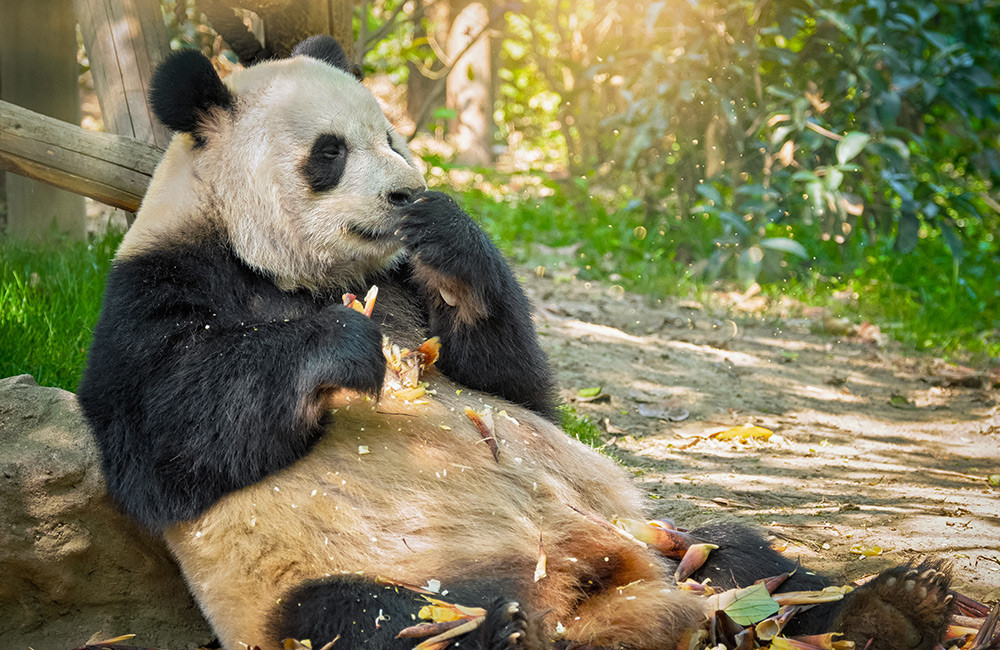In a bid to protect and preserve the dwindling population of red pandas, conservation organizations, wildlife enthusiasts, and governments worldwide have joined forces to launch extensive initiatives aimed at ensuring the survival of this charismatic and endangered species.
Red pandas, often referred to as the "fire fox," are native to the eastern Himalayas and southwestern China. However, habitat loss, poaching, and the impacts of climate change have led to a significant decline in their numbers over the years, pushing them to the brink of extinction.
The urgency to address this critical situation has prompted a surge in red panda conservation efforts, with a focus on habitat restoration, anti-poaching measures, and community engagement.
One of the key initiatives is the establishment of protected areas and wildlife corridors to safeguard the red panda's natural habitat. Conservationists stress the importance of preserving these areas to provide the red pandas with the necessary space to thrive and breed.
Additionally, efforts to combat poaching have been ramped up, with increased patrols and the implementation of stricter penalties for those involved in the illegal wildlife trade. Authorities are working closely with local communities to raise awareness about the importance of red panda conservation and to encourage their active participation in protecting these unique creatures.
International collaboration is playing a pivotal role in these endeavors. Organizations such as the World Wildlife Fund (WWF), the Red Panda Network, and the International Union for Conservation of Nature (IUCN) are pooling resources, expertise, and support to implement comprehensive conservation strategies.
Innovative approaches are also being explored, including the use of technology such as camera traps and satellite tracking to monitor red panda populations and study their behavior. These tools aid researchers in gaining valuable insights into the habits and habitats of red pandas, enabling more targeted conservation efforts.
Furthermore, education and outreach programs are being conducted in schools and local communities to foster a sense of responsibility and appreciation for red pandas. By engaging the public in these efforts, conservationists hope to build a sustainable, long-term commitment to the well-being of the red panda and its habitat.
As the global community unites to address the challenges facing red pandas, there is optimism that these combined efforts will contribute significantly to the conservation and eventual recovery of this beloved species. The red panda's plight serves as a poignant reminder of the importance of biodiversity conservation and the collective responsibility we all bear in protecting our planet's most vulnerable inhabitants.



